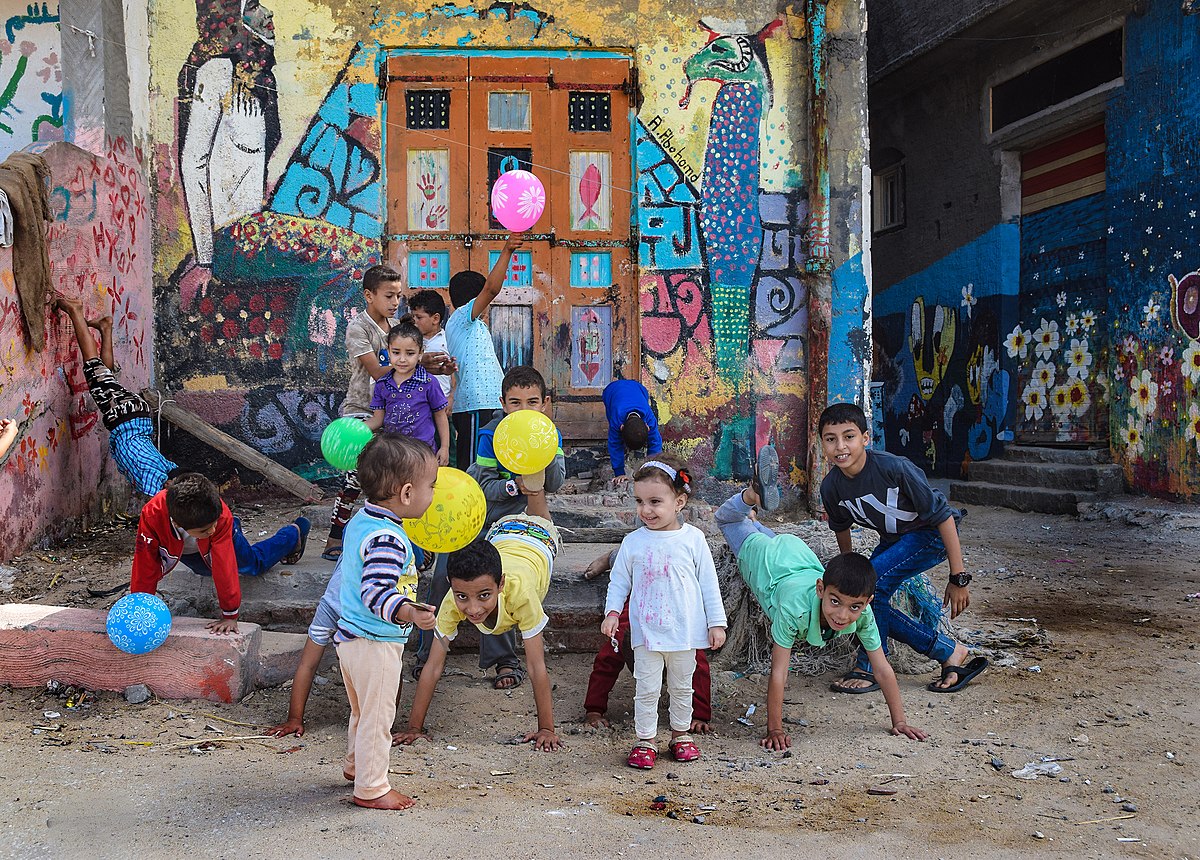Two and a half years ago we called on the Biden Administration to consider a “moonshot” development goal: the global elimination of childhood lead poisoning. Today, at the World Economic Forum in Davos, Switzerland, that goal got a little closer with an announcement by USAID Administrator Samantha Power that the US Government wants to slash global lead poisoning. And, what’s more, it’s willing to use its extensive soft power to advance that goal.
If you’ve been following our blogs (or our Twitter/X or LinkedIns, or just hung out with us at a party recently), you’re probably already aware that global lead poisoning is a significant global health and development problem. To recap, our best assessment is that lead poisoning affects more than a third of the world’s children, and is responsible for between 1.5 and 5.5 million deaths per year, as well as twenty percent of the gap in learning levels between rich and poor countries.
Despite this huge impact, lead poisoning is extraordinarily neglected. Few national or global leaders have highlighted the issue, and we have found just $11 million in annual philanthropic funding for lead exposure prevention and mitigation in low and middle-income countries (where the vast majority of children and adults with lead poisoning live). With today’s news from Davos, global lead poisoning has officially gone mainstream in global development.
The global fight against lead poisoning has taken center stage
First, the details: At the Davos panel today, USAID Administrator Samantha Power took to the Davos stage to chart a path Towards a Lead Free Future. She announced that the USAID is ramping up efforts to eliminate childhood lead poisoning by committing $4million to government-led interventions in India and South Africa and making a call to action to other donors to step up and join the US Government to build up testing capacity, measuring progress and identifying and eliminating sources of lead. She also announced that the US will be the first bilateral donor agency to join the Global Alliance to Eliminate Lead Paint. Power said the US will prioritize the elimination of lead from consumer products - starting with paint and spices - citing CGD research that this could be achieved for just $30 million.
Second, the impact: That a high-level Davos panel would feature lead poisoning is nice. But having the US government throwing its weight behind a specific goal to slash global lead poisoning could be the turning point when the global development community starts to make this neglected issue a top-tier priority.
The public commitment from Administrator Power signals for the first time that the US government will take on the fight against global lead poisoning at the highest level. When we called on President Biden to designate the global eradication of lead poisoning a US goal it was hard to imagine the issue getting this kind of prominence. Back then, a group of NGOs and international organizations were doing excellent work to tackle lead poisoning, but this was set against a backdrop of almost no political awareness of the immense scale, scope, and impact of global lead poisoning, and only tiny financial investment. It’s a testament to the relentless work of this coalition of organizations, many of whom were members of CGD’s Working Group on Understanding and Mitigating the Global Burden of Lead Poisoning, that the issue is now seen as pressing and impactful enough to merit attention from global leaders at Davos.
Eliminating lead poisoning is ambitious, but absolutely achievable
In October 2023, our Working Group published a Call to Action to End Childhood Lead Poisoning Worldwide—and we explained why the evidence justifies elevating global lead poisoning as a top-tier development issue.
In our working group statement, we called for eliminating childhood lead poisoning by 2040, improving learning for millions of children and averting heart disease for millions of adults. The good news is that lead poisoning is tractable—it can be solved. This is why it’s a great challenge for aid donors, philanthropists and governments to take on. In the US, the number of children with elevated blood lead levels reduced by 77 percent in just 15 years, after leaded petrol was banned in 1975, residential leaded paint banned in 1978; and lead in plumbing systems banned in 1986. And in Georgia—as told by Prime Minister Irakli Garibashvili who appeared alongside Administrator Power at today’s event—great progress has been made in eliminating key sources of lead poisoning after a 2018 survey revealed alarmingly high blood lead levels among children. Progress can be fast when there is good data and political will.
From pledge to progress: What needs to happen now?
Today’s announcement, by itself, is a big step. Despite the huge, negative impact lead poisoning has on children’s health, development and futures, aid agencies and global leaders have so far given it very limited attention. And this was a core recommendation in the final statement of our Working Group on Understanding and Mitigating the Burden of Lead Poisoning: a high-level statement of intent. Power's pledge today delivers exactly that.
But of course the pledge is the easy part. To deliver on the promise, governments in low- and middle-income countries need to be in the driving seat, taking concerted action and drawing on international resources and expertise, including from the US Government, UNICEF and the WHO. And the effort needs more money. Our analysis estimates that investment of $350 million by the global aid community would get things on track to eliminate childhood lead poisoning once and for all (that’s a little less than what it cost to make the last Avengers movie). We’re seeing promising signals from philanthropists, but—as urged today by Power—traditional aid donors have so far been slow to step up.
First up, we need to better understand the burden of lead poisoning. As Power said today, we should start with the data gaps. Right now, if the world cut lead poisoning in half, it would be hard to know, because global monitoring of lead exposure is incredibly porous and sporadic. All countries at risk need to understand the extent and severity of their lead poisoning problem, meaning we need to invest in initial diagnostic exercises, and build long-term structural surveillance capabilities. One practical approach would be to include lead measurement within existing household surveys, such as the Demographic and Health Surveys and the Multiple-Indicator Cluster Surveys.
Moving on to action, the good news is that we know a lot about how to eradicate some of the most serious sources of lead poisoning—leaded paint and contaminated spices. These playbooks should be scaled up and implemented everywhere these problems still exist. And then we need better research to understand how we can best address some of the other sources we think are big sources of lead but don’t yet have ready-made solutions to tackle, like cookware, battery recycling, and cosmetics.
A turning point in the fight against lead poisoning: Let’s seize it
The negative impact of childhood lead poisoning is well known. It affects millions of children, harming their development and limiting their life opportunities. Despite this, political attention and financial investment to eliminate lead poisoning has been alarmingly low. Today’s pledge by the US Government to make lead poisoning a priority signals a turning point. As Power said at Davos today, lead is a tractable problem and if donors and governments step up they will quickly see returns to their investment. This is a problem that can be solved. We must seize the challenge proffered by Power today and act, now.
Disclaimer
CGD blog posts reflect the views of the authors, drawing on prior research and experience in their areas of expertise. CGD is a nonpartisan, independent organization and does not take institutional positions.







